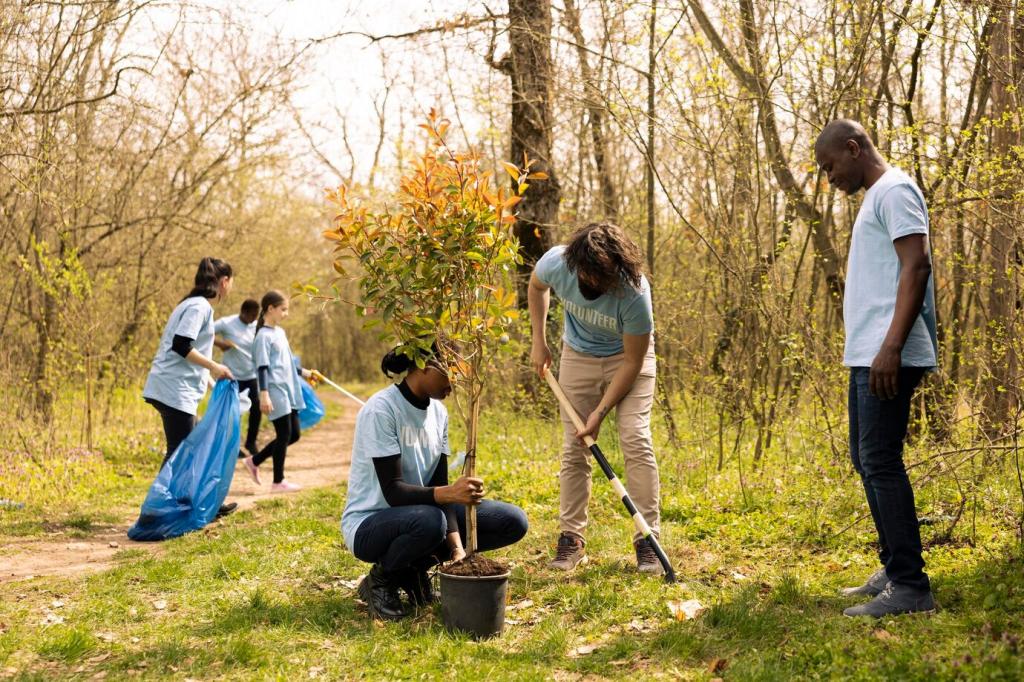Integrating Nature into City Living Environments

Parks bring a sense of openness and tranquility to bustling urban settings. Designed intentionally, these spaces can include winding trails, shaded benches, playgrounds, and water features that invite people to linger and explore. Beyond their recreational value, parks help filter the city’s air, regulate temperatures, and provide habitats for birds and small wildlife. They create a restorative contrast to the relentless pace of the city, giving residents an escape where they can walk, jog, or simply enjoy the sights and sounds of nature amid the urban landscape.

Urban forests and tree-lined streets do more than beautify avenues—they serve vital ecological functions. Trees absorb carbon dioxide, reduce air pollution, and mitigate the effects of urban heat islands by providing shade. In addition, the presence of trees has been shown to reduce stress, enhance property values, and even lower crime rates. Integrating robust tree-planting initiatives in city planning not only transforms aesthetics but also ensures long-term benefits for health and sustainability. Tree canopies over sidewalks invite pedestrians, promote active transport, and create a more human-scale atmosphere in otherwise stark city corridors.

Community gardens and urban agriculture bring residents together in the shared pursuit of growing food, flowers, and herbs. These green spaces empower city dwellers to cultivate produce, fostering self-sufficiency and nutrition awareness. Gardens become hubs for education and cultural exchange, where people of diverse backgrounds bond over tending to the soil. Beyond producing fresh food, community gardens greenify underused plots, reduce urban heat, and strengthen the sense of community pride. Witnessing plants thrive in the heart of the city can inspire more sustainable living habits and reinforce the connection between people and the land.
Biophilic Design: Bringing Nature Indoors
Maximizing natural light within buildings taps into the profound impact sunlight has on our circadian rhythms and mental health. Large windows, skylights, and strategically placed openings allow daylight to flood indoor spaces, reducing the need for artificial lighting and connecting people to the outside world. When these openings offer views of greenery or sky, the psychological benefits are amplified. Such environments support focus, positive moods, and overall well-being, making homes and workplaces more inviting and energizing.

Previous
Next
Enhancing Urban Biodiversity
Landscaping with native plants conserves water, reduces maintenance, and supports local wildlife that has evolved alongside those species. These plants attract native bees, butterflies, and birds, playing a critical role in pollination and seed dispersal. Native landscaping contributes to the health of soils and waterways, as these species are adapted to local climatic conditions and rarely require chemical fertilizers or pesticides. Choosing native plants over exotic ornamentals is a key step in promoting ecological stability within the city, preserving the unique biological heritage of each region.
